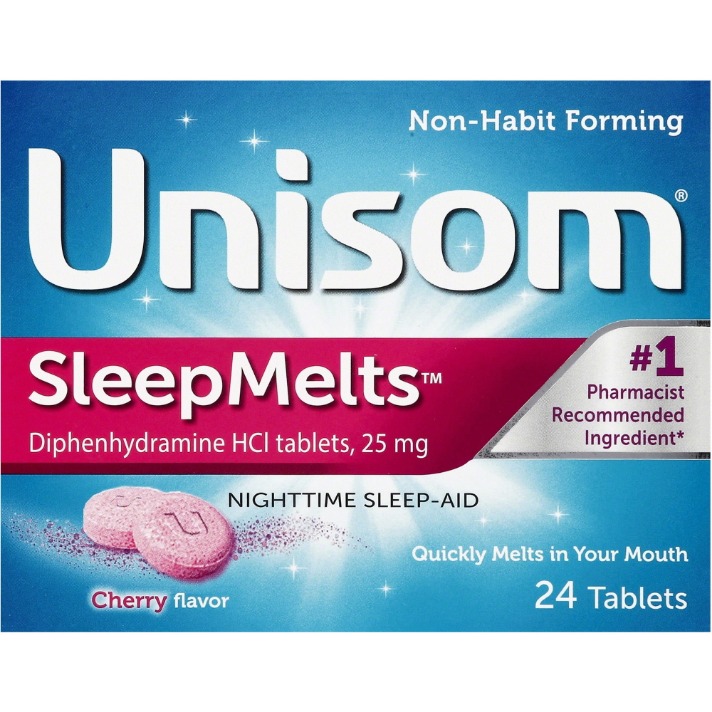Elevate Energy and Balance: Telehealth Breakthroughs in Hormones and Peptide Therapy
The Telehealth Shift: Faster Access, Safer Care, and Smarter Outcomes
The way people approach hormone and peptide treatment has changed dramatically. A modern virtual healthcare platform removes geographical barriers, coordinates labs, and streamlines therapy logistics that once required multiple in-person appointments. With encrypted messaging, guided video consults, and ongoing metrics tracking, telehealth for hormone therapy and peptide therapy online now match or surpass the efficiency and continuity of traditional clinics. This is especially valuable for busy professionals, parents, and anyone living far from specialists who can tailor care to their metabolism, goals, and medical history.
Because hormones influence energy, sleep, body composition, libido, mood, recovery, and cognition, a small improvement in balance can have big payoffs. The best online wellness clinic models use evidence-based protocols, symptom scoring, and regular biomarker reviews to adjust dosage and timing. Through hormone replacement therapy telehealth, patients receive clinical oversight along with the convenience of home delivery, scheduled check-ins, and education on lifestyle elements that support endocrine health—nutrition, training, circadian rhythm, and stress management.
Safety is built into every step. Physicians evaluate medical history, assess contraindications, and order baseline and follow-up labs before initiating therapy. This systematic approach is as rigorous as brick-and-mortar care while being more responsive in day-to-day life. Explore the comprehensive services offered by Ascend Vitality Telehealth to see how remote care can streamline labs, prescriptions, and ongoing monitoring without compromising quality.
Peptide protocols benefit even more from digital innovation. With telemedicine for peptides, nuanced dosing schedules, cycling strategies, and compatibility checks are managed through smart reminders and symptom tracking. Adjustments can be made quickly, adherence improves, and patient education—on storage, timing relative to meals or training, and interaction with other therapies—becomes a consistent part of care. As a result, outcomes are driven by both clinical guidance and empowered self-care, reflecting the strengths of a truly patient-centered system.
Personalized Protocols: Testosterone, Women’s Hormone Balance, and Targeted Peptide Strategies
Effective therapy begins with clarity: defining goals, reviewing labs, and aligning interventions with lifestyle. A comprehensive hormone optimization program integrates targeted interventions for thyroid, adrenals, insulin sensitivity, and sex hormones, recognizing that no system operates in isolation. For men, a dedicated testosterone optimization clinic focuses on free and total testosterone, estradiol balance, and symptom relief—libido, vigor, muscle retention, cognitive clarity—while monitoring hematocrit, lipids, and cardiovascular markers. For women, the emphasis often centers on women’s hormone balance, addressing cycle-related fluctuations, perimenopause transitions, and postmenopausal support with precision.
When appropriate, bioidentical hormone therapy online uses molecules structurally identical to endogenous hormones, allowing customized dosing formats—creams, sublinguals, injectables, or pellets—based on patient preference and clinical indications. The goal is to achieve symptom resolution and optimal labs while minimizing side effects. With online hormone therapy, the care team can version protocols over time, revisiting labs and symptom trackers to keep progress steady as life phases, stress loads, and training volume change.
Peptides add another dimension. As signaling compounds that modulate cellular processes—recovery, growth hormone secretion, inflammation, sleep architecture—they can be tailored to specific objectives. Peptide treatment for men may target body composition, joint integrity, and post-training recovery, while peptide therapy for women might prioritize skin quality, sleep, and metabolic flexibility. Therapies like GHRH/GHRP combinations, BPC-157, or thymic peptides are deployed in cycles, with attention to timing and synergy with strength training, protein intake, and micronutrients.
Comfort and confidence matter. Many patients choose peptide injections at home for convenience and consistency. Education covers aseptic technique, subcutaneous injection placement, rotating sites, and proper cold-chain storage to keep compounds effective. A dedicated support team guides the transition from clinic-based initiation to at-home maintenance so that protocols are followed accurately. Programs such as Ascend Vitality Wellness and Ascend Vitality Peptide Therapy emphasize precision dosing, careful titration, and lifestyle integration, ensuring that peptide cycles complement—not compete with—hormone optimization and overall health goals.
Proven Paths: Case Studies, Metrics That Matter, and Best Practices
Consider a 42-year-old executive with fatigue, stubborn body fat, and inconsistent sleep. Baseline labs revealed borderline low free testosterone and signs of insulin resistance. Through a tailored testosterone optimization clinic protocol, combined with a GH-secretagogue peptide cycle for recovery and sleep architecture, symptoms improved within eight weeks. He used a digital symptom tracker and wearable data to log sleep efficiency, resting heart rate, and training readiness. By week 12, waist circumference decreased, morning energy rebounded, and cognitive “afternoon crashes” resolved. Because therapy happened through a peptide therapy clinic operating as a virtual healthcare platform, adjustments were made quickly after follow-up labs—fine-tuning estradiol control and optimizing dosing windows around training.
In another scenario, a 48-year-old perimenopausal patient reported hot flashes, mood fluctuations, and brain fog. Following comprehensive labs and an assessment of thyroid and iron status, a bioidentical hormone therapy online plan was initiated alongside targeted peptides supporting sleep quality and tissue repair. Over a three-month timeline, symptom frequency and intensity diminished markedly. Structured nutrition emphasizing protein timing and polyphenol-rich foods supported hormone metabolism, while a progressive strength plan improved bone density markers and lean mass. The telehealth model enabled quick messaging for symptom changes, monthly check-ins to review trackers, and home delivery to maintain uninterrupted care—all core strengths of hormone replacement therapy telehealth.
For a 37-year-old endurance athlete, the focus was injury recovery and sustainable performance. A short cycle of tissue-support peptides paired with sleep-focused agents improved recovery metrics, allowing a return to training without flare-ups. A periodic re-check of inflammatory markers and collagen turnover surrogates guided tapering, demonstrating how telemedicine for peptides can deliver precise, time-bound protocols tailored to the training calendar. Education on peptide injections at home, including safe handling and site rotation, empowered consistent adherence, while coaching on carbohydrate periodization and high-quality sleep reinforced results.
What ties these outcomes together is a clinical structure designed for adaptability. A robust online wellness clinic uses standardized care pathways—baseline testing, symptom indexing, informed consent, education, initiation, monitoring, and refinement—while still personalizing protocols. Ongoing labs track lipids, glucose-insulin dynamics, thyroid function, hematology, and sex hormones; subjective measures assess vitality, mood, cognition, and sleep. The combination of peptide therapy online and integrated hormone care works best when lifestyle is part of the plan: resistance training to maintain lean mass, daily movement to stabilize insulin sensitivity, protein-forward nutrition for satiety and tissue repair, and circadian habits to anchor cortisol and melatonin rhythms. With the right system, patients gain not only access to high-level care but also the tools and knowledge to sustain it long-term.




Leave a Reply